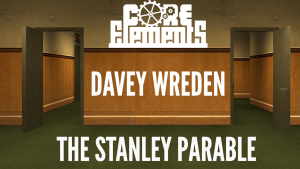A) select one example to outline the key concepts of human-computer interaction. Reflect upon the role of the “human”, the “computer” and the “interaction”.
Human-computer interaction (HCI) is a system constructed to improve the relationship and communication between human and computer. The idea that with the correct HCI system in place, the work/play input and output of both human and computer should be in this constant state of ‘flow’.
This concept of flow might not obviously relate to all types of HCI but the theory still connects, even for online shopping. HCI relies on past experiences of the human to design the level of challenge within an interface. Looking at HCI within games, flow is highly important to maintain a level of interest in the game. Too high a difficulty level and no experience causes high anxiety; hence the reason for many games to include difficulty options, for the more experienced or less players.
The Human contains the past experiences, if any. HCI relies on what the user knows and how they might interpret a virtual shopping basket for example. It is then the web-page designer’s role to predict where the user might expect to find the ‘Buy Now’ or ‘Purchase’ buttons. Even between those two words a choice would have to be made, what is most obvious to the user, then where might it be positioned and how might the button be designed? From this the interaction plays its role. This interaction should be viewed as a learning experience as well as research. The user would know where to click next time they were on the site, creating this stream-lined ‘flow’ process.
B) discuss the relationship between games design and human-computer interaction
When HCI is involved with games, it should be given special attention to make sure the human gains as much information from the game as possible to make the experience a positive one. This means designing menus and options in such a way that gives the User Interface (UI) an affordance for its functions.
Not only the menus are important within a game’s HCI, other UI elements such as instant reactions that players require to tell them information. The hit-mark cross hairs used by First Person Shooters, these are indications that an enemy has been hit, which has a level of difficulty which can be then increased by removing these hit-marks, taking away the information but increasing the realism.
What this relationship is about, is portraying valid information back to the human ‘the player’. There are cases in which the game’s design of HCI hasn’t been good enough for the players; the layout of graphical user interface, the information that is fed back to the player. So, there are cases where the gaming community design their own HCI, modifying the Heads-Up Display (HUD) and UI in such a way to customise it exactly the styles they wish. World of Warcraft has modifications that can completely remove the standard HCI for something more unique for the playstyle of the individual.
As you can see, top image is the default UI and HUD, compared to the completely changed bottom image. There is the same and a lot more information now being delivered to the player, this can be due to the personal preferences of the player as well as the depth of the game’s content.
References
http://www.dictionary.com/browse/interaction
http://web.cs.wpi.edu/~imgd4000/d07/slides/HCI.pdf
http://sites.psu.edu/gamedesignbynickdemarco/2014/04/18/user-interfaces-in-games/
http://variantavatar.com/2010/08/how-i-wow-user-interface/
http://pc.gamespy.com/pc/world-of-warcraft-mists-of-pandaria/1226350p1.html
Bibliography
Anon., n.d. TF2 Hitmarkers W/sound. [Online] Available at: https://gamebanana.com/effects/5061 [Accessed 11 11 2017].
Ceraphus, 2010. How I WOW: USER INTERFACE. [Online] Available at: http://variantavatar.com/2010/08/how-i-wow-user-interface/ [Accessed 11 11 2017].
Demarco, N., 2014. User Interfaces In Games. [Online] Available at: http://sites.psu.edu/gamedesignbynickdemarco/2014/04/18/user-interfaces-in-games/ [Accessed 11 11 2017].
Gorp, T. v., 2006. Emotion, Arousal, Attention and Flow: Chaining Emotional States to Improve Human Computer Interaction. [Online] Available at: https://www.slideshare.net/trevor.vangorp/emotion-arousal-attention-and-flow-chaining-emotional-states-to-improve-human-computer-interaction [Accessed 02 11 2017].
Hardgrit, R., 2015. Wolfenstein: The New Order (PC). [Online] Available at: http://superadventuresingaming.blogspot.co.uk/2015/03/wolfenstein-new-order-pc.html [Accessed 02 11 2017].
Johnson, L., 2012. Massivity: How UI Mods Burn MMORPGs. [Online] Available at: http://pc.gamespy.com/pc/world-of-warcraft-mists-of-pandaria/1226350p1.html [Accessed 11 11 2017].

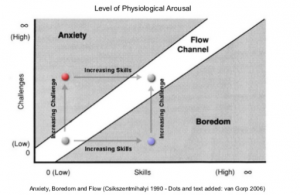





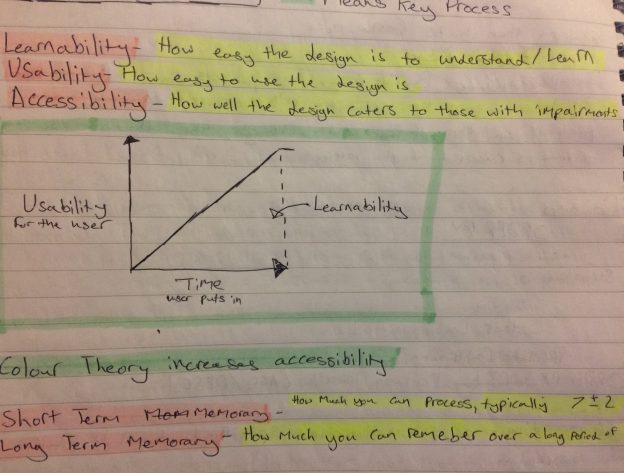

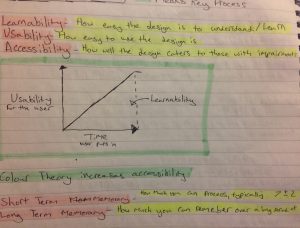




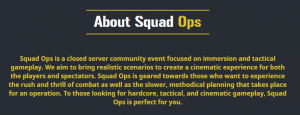


/cdn.vox-cdn.com/uploads/chorus_image/image/46680476/Screen_Shot_2015-07-06_at_12.37.18_PM.0.0.png)


